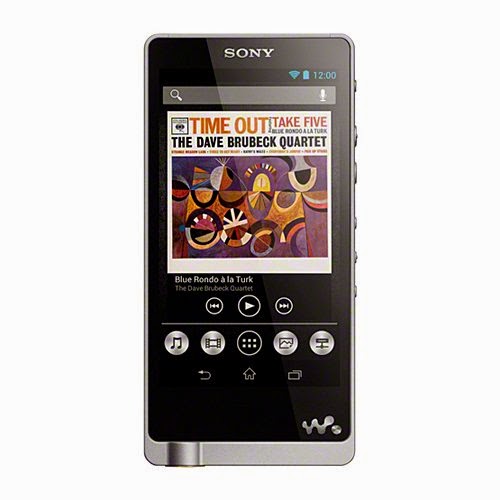One of the things that mastering pros complain about is that so few mixers actually think about how the things they do while mixing might affect mastering. Mastering is the final creative place in the production process where a mix can be altered, but the mix won't necessarily be improved unless you help the mastering engineer out by following some very simple tips when you're mixing.
Here are 10 steps for mixing with mastering in mind compiled from
the latest 3rd edition of The Mastering Engineer's Handbook. The tips apply not only to online distribution, but CD and vinyl as well.
"Regardless of if you master your final mixes yourself or take them to a mastering engineer, things will go a lot faster if you prepare for mastering ahead of time. Nothing is so exasperating to all involved as not knowing which mix is the correct one or forgetting the file name. Here are some tips to get your tracks “mastering ready”.
1. Don't Over-EQ When Mixing: A mix is over-EQed when it has big spikes in its frequency response as a result of trying to make one or more instruments sit better in the mix. This can make your mix tear your head off because it’s too bright, or have a huge and unnatural sounding bottom. In general, mastering engineers can do a better job for you if your mix is on the dull side rather than too bright. Likewise, it’s better to be light on the bottom end than have too much.
2. Don’t Over-compress When Mixing: Over-compression means that you’ve added so much mix bus compression that the mix is robbed of all it’s life. You can tell that a mix has been over-compressed not only by its sound, but by the way its waveform is flat-lined on the DAW timeline. You might as well not even master if you’ve squashed it too much already. Hypercompression (see Chapter 6) deprives the mastering engineer of one of his major abilities to help your project. Squash it for your friends, squash it for your clients, but leave some dynamics in the song so the mastering engineer is better able to do his thing. In general, it’s best to compress and control levels on an individual track basis and not as much on the stereo bus except to prevent digital overs.
3. Having The Levels Match Between Songs Is Not Important: Just make your mixes sound great, because matching levels between songs is one of the reasons you master in the first place.
4. Getting Hot Mix Levels Is Not Important: You still have plenty of headroom even if you print your mix with peaks reaching –10 dB or so. Leave it to the mastering engineer to get those hot levels. It’s another reason why you master.
5. Watch Your Fades and Trims: If you trim the heads and tails of your track too tightly, you might discover that you’ve trimmed a reverb trail or essential attack or breath. Leave a little room and perfect it in mastering where you will probably hear things better.
6. Make Sure To Print The Highest Resolution Mixes You Can: Lossy formats like MP3’s, Window’s Media or Real Audio and even audio CDs won’t cut it and will give you an inferior product in the end. Print the highest resolution mixes possible by staying at the same resolution as the tracks were recorded at. In other words, if the tracks were cut at a sample rate of 96kHz/24 bit, that’s the resolution your mix should be. If it’s at 44.1kHz/24 bit, that’s the resolution the mix should be.
7. Alternate Mixes Can Be Your Friend: A vocal up/down or instrument-only mix can be a life-saver when mastering. Things that aren’t apparent while mixing sometimes jump right out during mastering and having an alternative mix around can sometimes provide a quick fix and keep you from having to remix. Make sure you document them properly though.
8. Check Your Phase When Mixing: It can be a real shock when you get to the mastering studio and the engineer begins to check for mono compatibility and the lead singer or guitar solo disappears from the mix because something in the track is out-of-phase. Even though this was more of a problem in the days of vinyl and AM radio, it’s still an important point since many so-called stereo sources (such as television) are either pseudo-stereo or only stereo some of the time. Check it and fix it before you get there.
9. Know Your Song Sequence: Song sequencing takes a lot of thought in order to make an album flow, so you really don’t want to leave that until the mastering session. If you’re cutting vinyl, remember that you need two sequences - one for each side. Remember, the masters can’t be completed without the sequence. Also, cutting vinyl is a one-shot deal with no undo’s like on a workstation. It’ll cost you money every time you change your mind.
10. Have Your Songs Timed Out: This is important if you’re going to be making a CD or vinyl record. First, you want to make sure that your project can easily fit on a CD, if that’s your release format. Most CD's have a total time of just under 80 minutes. When mastering for vinyl, cumulative time is important because the mastering engineer must know the total time per side before he starts cutting. Due to the physical limitations of the disc, you’re limited to a maximum of about 25 minutes per side if you want the record to be nice and loud."





